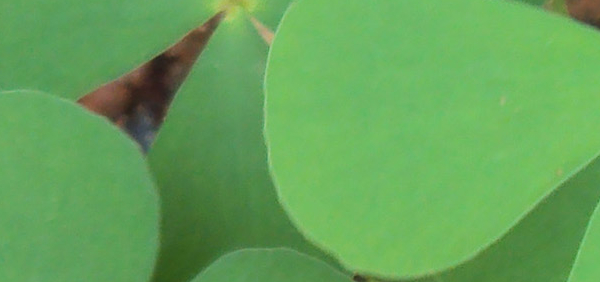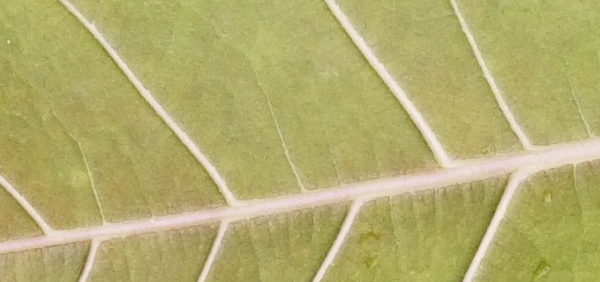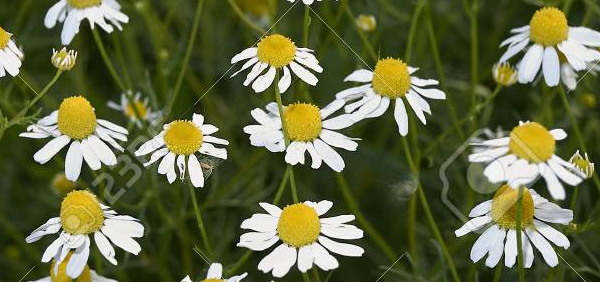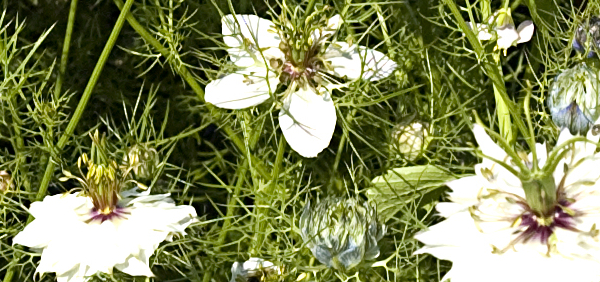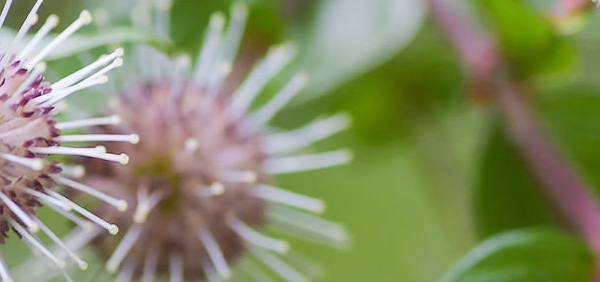mendhi :

Geographical distribution:
The henna plant is native to North Africa, southern Asia, and northern Australasia in semi-arid zones. Hennas indigenous zone is the tropical savannah and tropical arid zone, in latitudes between 15° and 25° N and S from Africa to the western Pacific rim, and produces highest dye content in temperatures between 35 °C and 45 °C. Henna is commercially cultivated in UAE, Morocco,Algeria, Yemen, Tunisia, Libya, Saudi Arabia, Egypt, western India, Iraq, Iran, Pakistan, Bangladesh, Afghanistan, Turkey, Somalia and Sudan.ECOLOGICAL ASPECT:
-L. inermis is widely distributed throughout the Sahel and into Central Africa; it also occurs in the Middle East. It growsmainly along watercourses and in semi-arid regions and is adapted to a wide range of conditions. It can withstand low air
humidity and drought. Henna requires high temperatures for germination, growth and development.
Plant conservation:
-Erosion control: Trees are employed in soil conservation.Shade/shelter: L. inermis can be grown as a live fence.
Ornamental: An attractive small tree that can be successfully grown in gardens.
- » Classification and names of mendhi
- » Synonyms and definitions of mendhi
- » Drug Properties of mendhi
- » Chemical Constituents of mendhi
- » Standardization of mendhi
- » Parts used and Dosage of mendhi
- » Morphology and Histology of mendhi
- » Distribution and Conservation of mendhi
- » Cultivation of mendhi
- » mendhi in the market
- » Medicinal Uses of mendhi
- » Researches and clinical trails of mendhi
- » mendhi in other sytems of medicine
- » Ayurvedic formulations with mendhi
- » Images of mendhi




